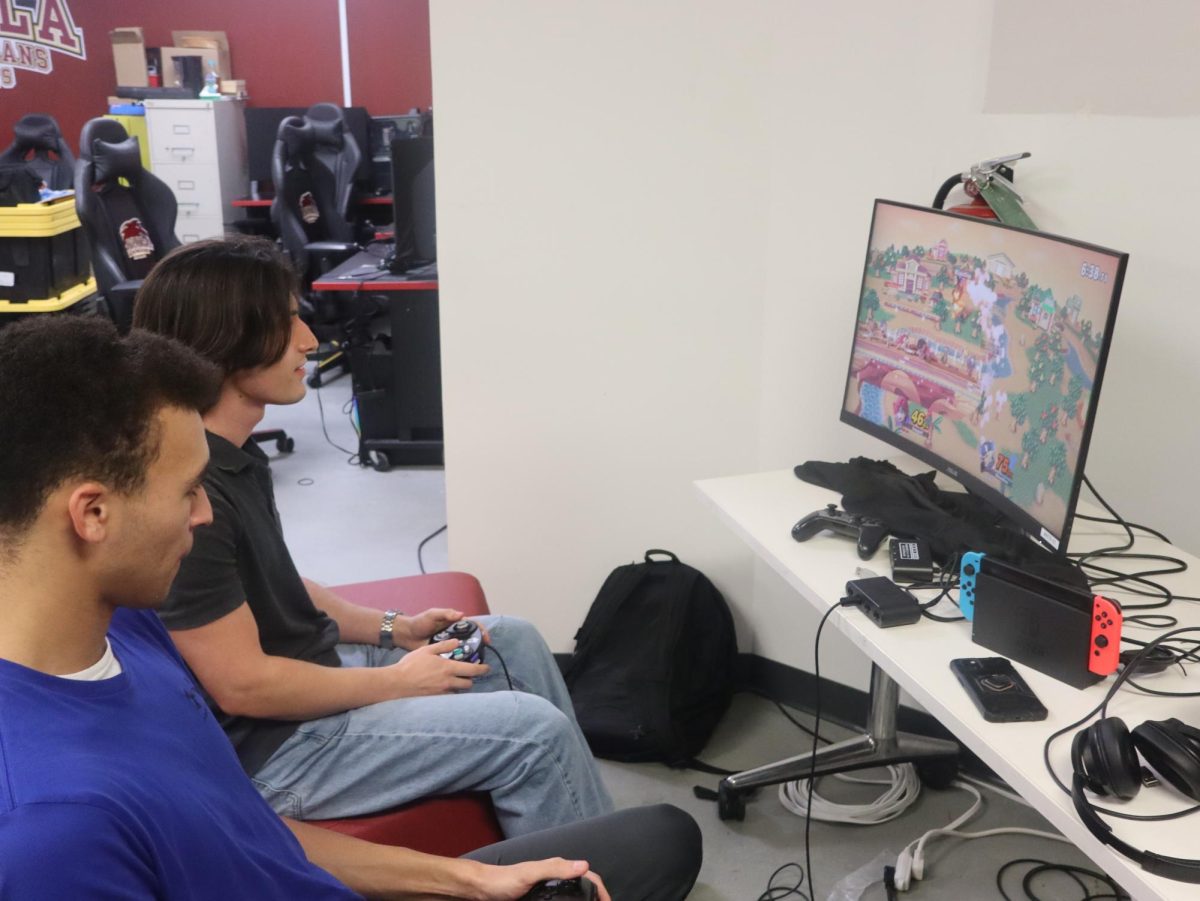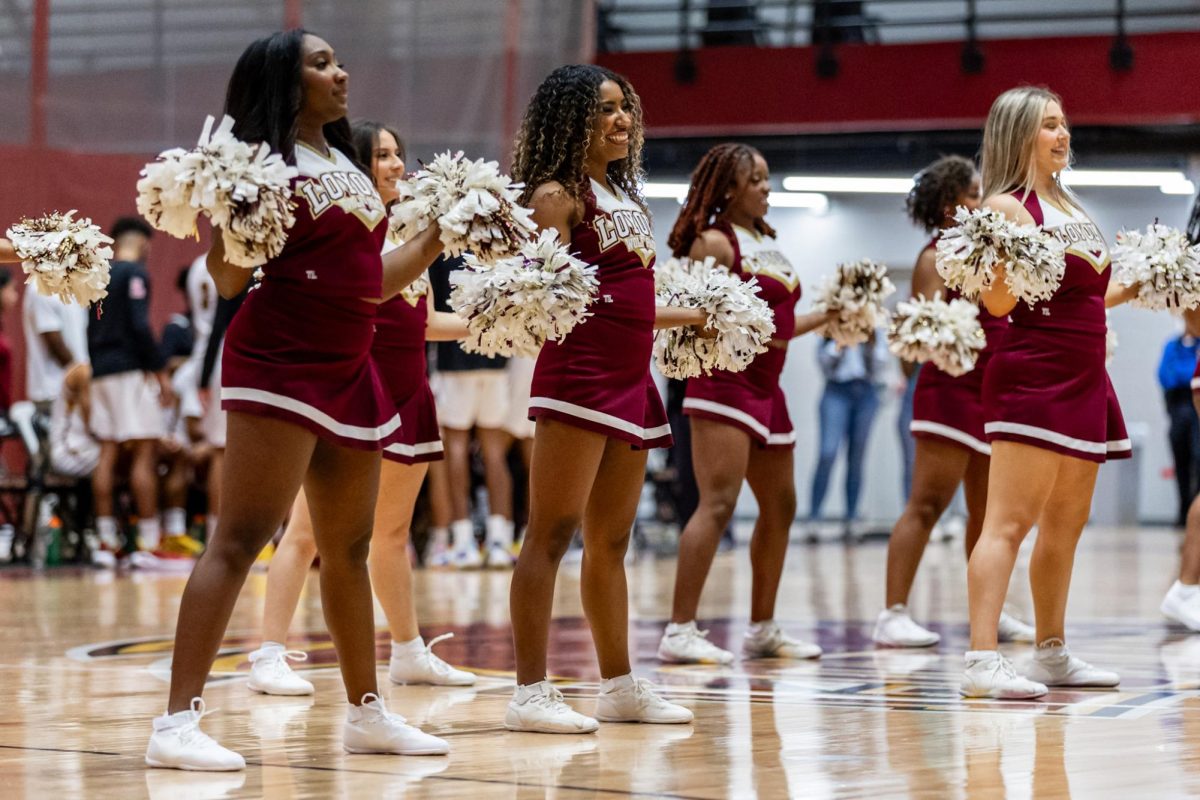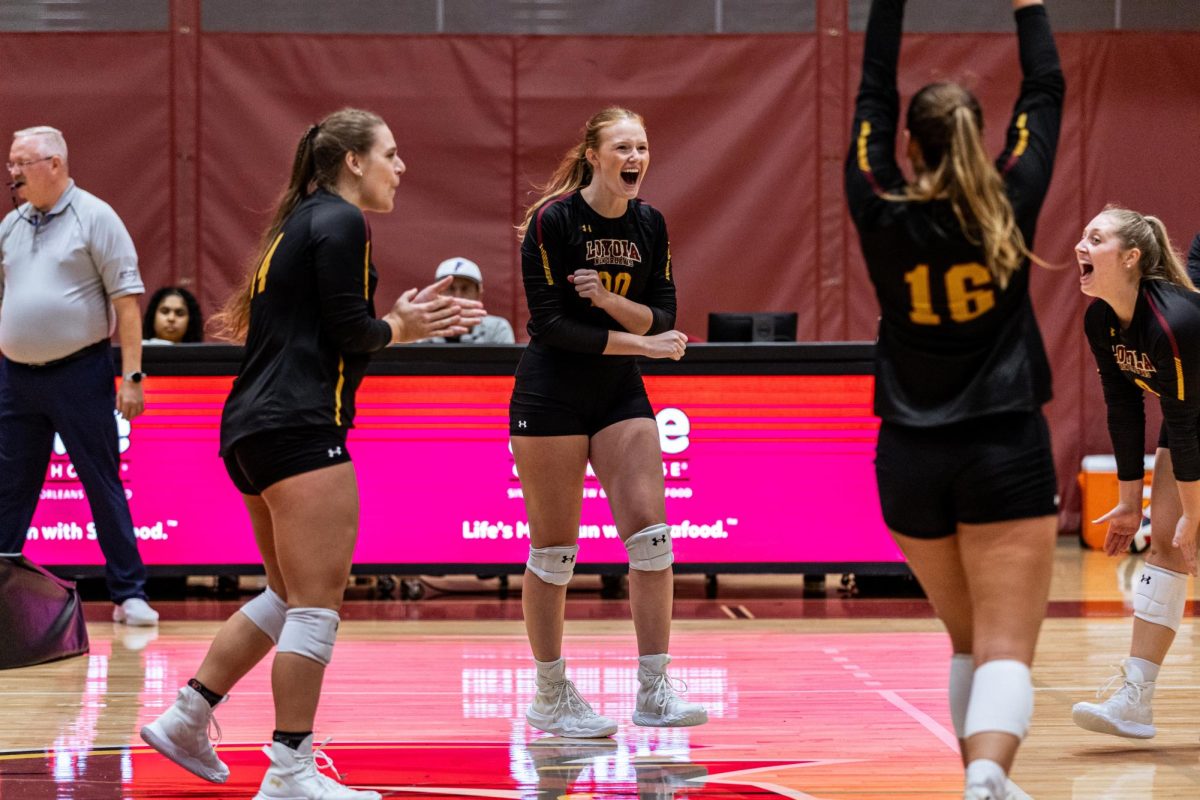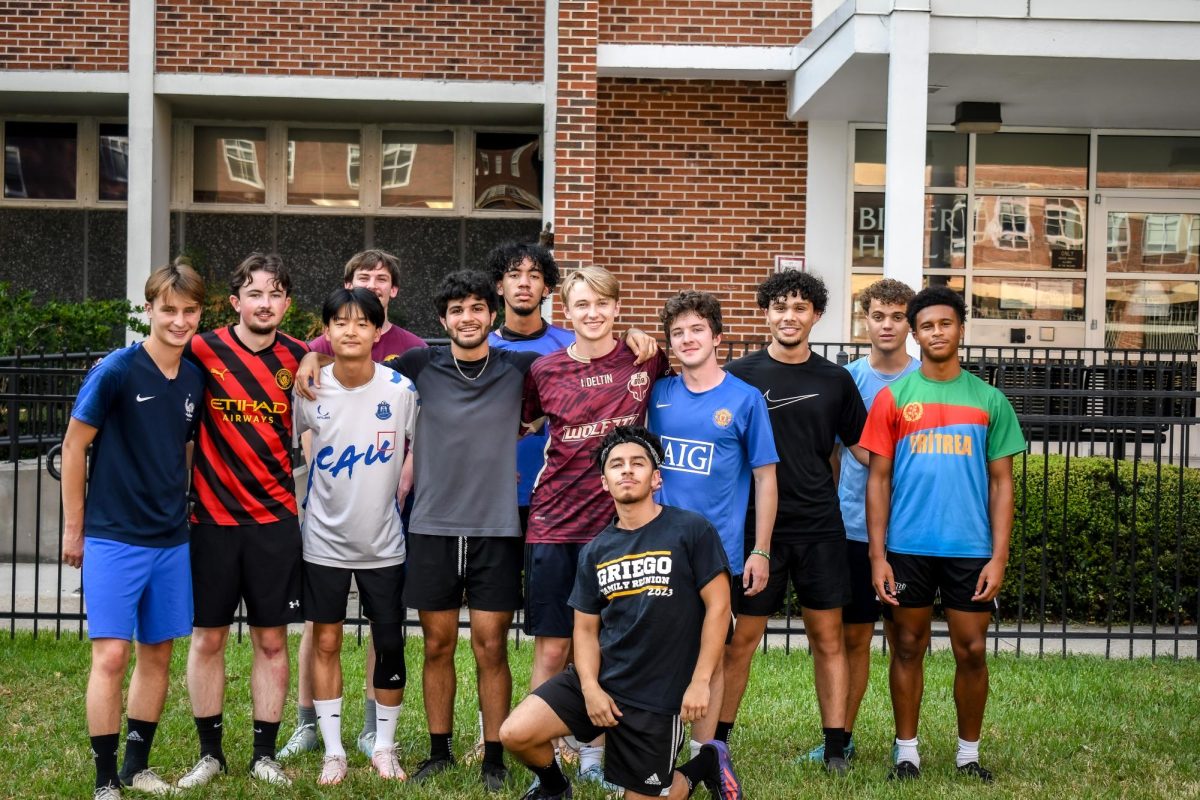Even though it’s not the major leagues, money can be a major factor in where college athletes choose to play.
Financial assistance for baseball is limited due to the relatively slow development of a scholarship program.
According to head basketball coach and Athletic Director Michael Giorlando, basketball was able to provide more to players earlier than baseball was.
“We started men and women’s basketball scholarships in 2004,” he said. He explained not all of Loyola’s basketball players have the entirety of their room, board and tuition covered. Giorlando pointed out that the rosters for both basketball teams are too large for anyone except the top athletes on each squad to get all of their expenses covered with athletic aid.
There may be a difference in the award money that is available, but Giorlando said the process to determine a player’s eligibility is the same for all varsity sports. The head coach of each team has to be in contact with admissions to determine how much financial assistance a player will receive.
While men’s and women’s basketball have 17 and 13 players on their respective rosters with a few key players receiving a full ride, not one Loyola baseball player on the 31-man roster is able to receive the same amount of athletic aid that is available to Loyola basketball players.
In addition to receiving less financial aid than other sports at Loyola, Wolfpack baseball players are also receiving less financial aid than other baseball programs in their conference.
Fellow Gulf Coast Athletic Conference competitor Lee University, for example, has a total of 9.5 scholarships for their entire baseball roster. According to Lee’s sports information desk, some of the top players, particularly pitchers, are able to receive half of Lee University’s expenses. Lee’s room, board and tuition total an estimated $18, 690.
Loyola is taking steps to close the gap, however, with the Louis “Rags” Scheuermann Scholarship Fund.
“Louis Scheuermann was head coach of Loyola baseball from 1958 to 1972 and had a winning percentage of .649 during his tenure. The fund was created by donors to Loyola’s athletic department to honor his legacy. The fund is strictly built through donations from Loyola alumni, friends and supporters of Wolfpack Athletics,” said Renny Simno, development officer for Corporations and Foundations. “At this time, over $54,000 has been raised. The goal to endow the fund is $60,000.”
Giorlando said that the school hopes to get an addition grant from the Board of Regents of the state of Louisiana that will bring the total of money raised to $100,000.
“We’re going to continue to do this fundraise every year, and hopefully it’ll develop a nice nest egg,” Giorlando said. “The scholarship plan for baseball and the other sports is in its genesis phase, and it’s a work in progress and we’re trying to improve the caliber of awards. “
The fund would be for first-generation baseball players only, and would provide additional athletic aid.
Though Giorlando is mainly focused on Loyola’s athletic aid numbers, he says he is aware that Loyola’s baseball program needs to catch up to their conference opponents. “I don’t know if it’s close to the average, but I would probably say we’re not,” Giorlando said.
He went on to say that until two years ago, Loyola baseball players received no additional athletic aid after being awarded need-based assistance and academic aid.
Giorlando says that in order for the team to continue to grow, athletic aid must be increased. “We need to stay competetive and give our coaches a chance to recruit the best student athletes and put the best team on the field.”
After introducing athletic aid two semesters ago, Loyola has accumulated a record of 34-66, with a roster that has had a combined five out-of-state players. Loyola finished last in the SSAC West and failed to qualify for the conference tournament.
Hasani Grayson can be reached at







